When it comes to resource extraction and the political process — the issue is a global one. Have a look at some of the recent coal-ruption stories that have been breaking all around the world.
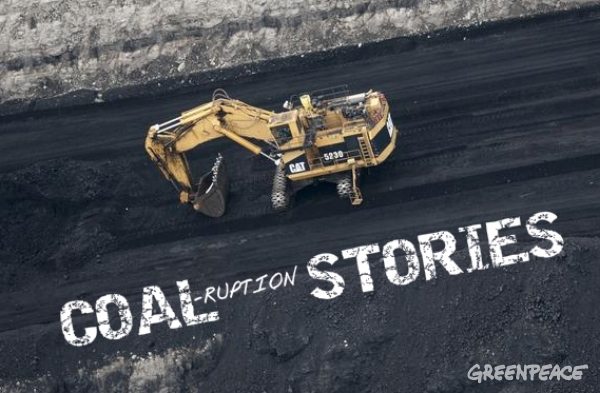
Australia
In the state of New South Wales, an independent corruption inquiry has revealed questionable dealings between the founder of the Australian coal mining giant Whitehaven Coal, the owner of the Maules Creek mine and the state government. The sheer volume of political figures involved in a trail of political donations resulted in Australia’s national broadcaster, the ABC, publishing its own infographic. The federal senator for the Greens Party in Australia has called for a national commission against corruption, citing as a case study that the approval process for Whitehaven Mine at Maules Creek was corrupt from the beginning.
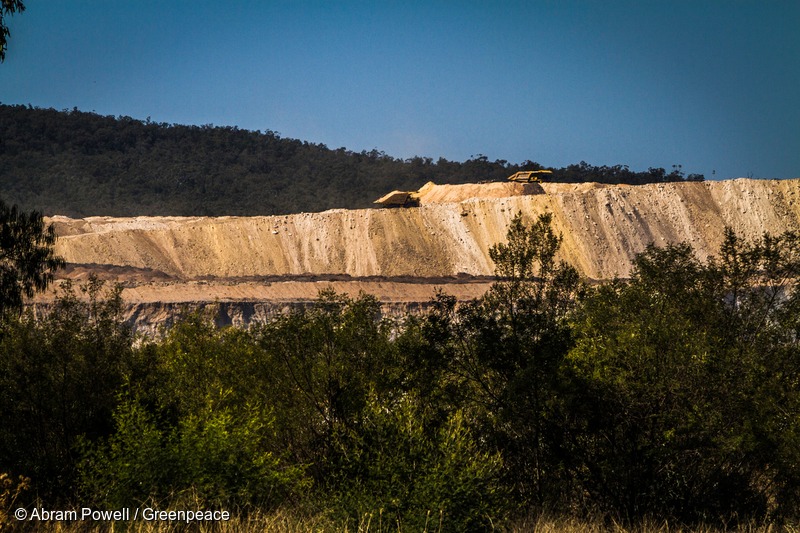
Boggabri coal mine in the Leard State Forest. The forest is marked for an Open Cut Coal mine. The Maules Creek Coal mine is operated by Whitehaven coal and is planned to mine 13 megatonnes of coal per annum. Leard forest is the largest vegetation remnant left on the Liverpool Plains and is home to 396 flora and fauna species including 34 threatened species.
India
The ‘Coalgate’ corruption scandal finally culminated in the Supreme Court of India ruling the cancellation of almost all coal allocations made since 1993. The previous practice of selective allocation was deemed illegal and arbitrary by the court. In it’s judgement order, the Supreme Court of India said: “It is expected that the Government will not deal with the natural resources that belong to the country as if they belong to a few individuals who can fritter them away at their sweet will.”
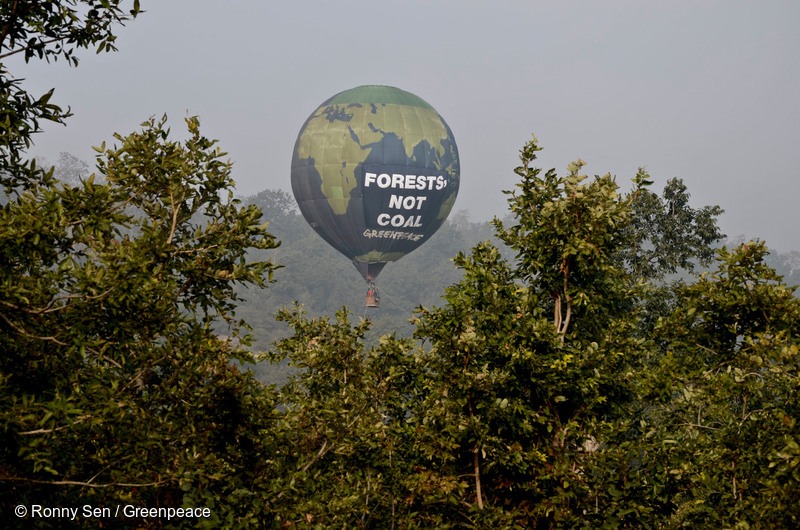
The Greenpeace balloon, under the slogan “Forests Not Coal” flies over forests in Mahaan in Singrauli, located in the central Indian state of Madhya Pradesh. Indian film actor Abhay Deol boards one of the balloons to speak to the media and to highlight the threat to the pristine forests in Mahaan from coal mining. The balloons were launched to draw people’s attention to the threatened forests and to seek their support in saving these forests.
Indonesia
Indonesian Energy and Mineral Resource Minister has recently been named as a suspect in a graft case. The investigations showed the misuse of funds amounting to about $840,000.
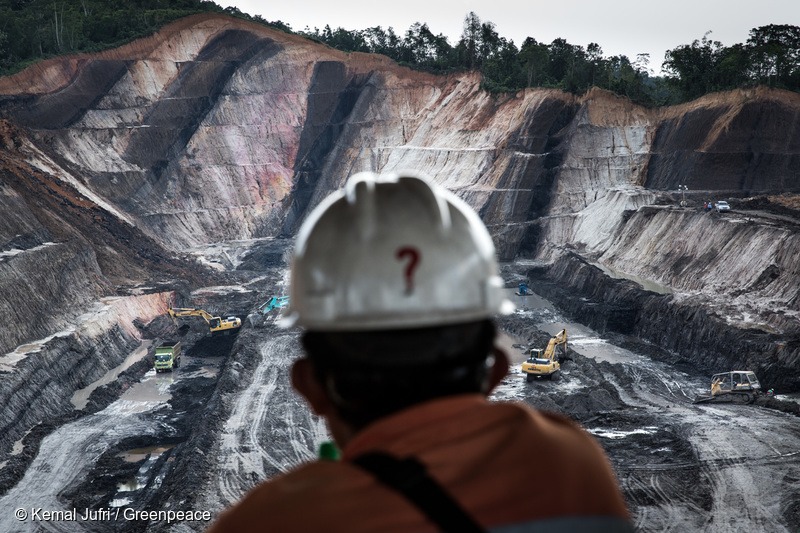
China
The ongoing anti-corruption investigation in China has revealed strong ties between state officials and the coal industry. Gao Qinrong, a former journalist from the Chinese coal-rich province of Shanxi – where two senior government officials have recently been charged with corruption offences – has said of the province: “It has coal; the coal brought money; that brought corruption.”
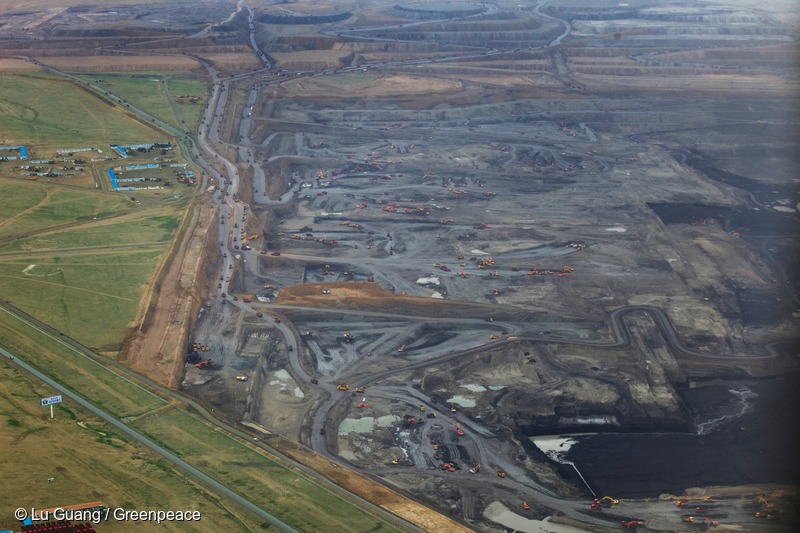
The Shengli open-cast coal mine in Xilinhot, Inner Mongolia, encroaches on the grassland.Ten billion cubic meters of water will be consumed by 16 new coal fired power plants and mines in China in 2015, triggering severe water crises in the country’s arid Northwest.
US
Since January 1990, a US federal agency has been leasing coal tracts in auctions that have only one bidder, and accepted bids at rock bottom prices. The agency systematically undervalued the worth of the coal reserves it was leasing, and often failed to consider future market conditions, such as the potential for exports, when it approved sale prices.
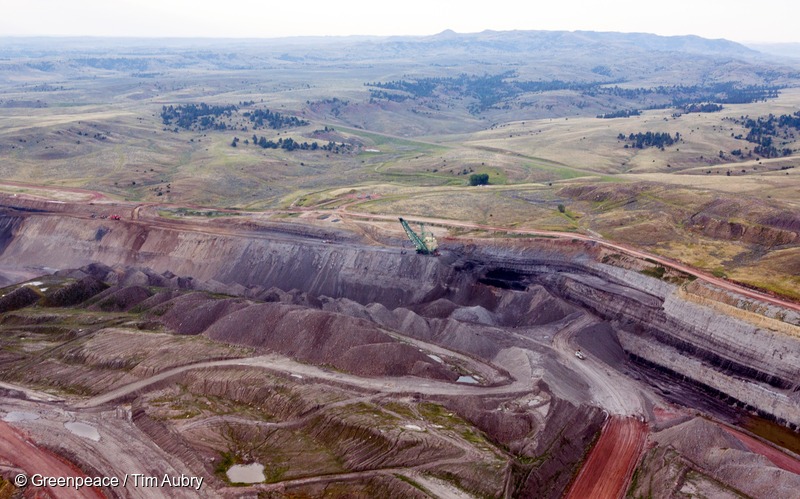
A drag line removes rock and soil covering a coal seam at Ambre Energy’s Decker Mine near the Tongue River Reservoir in the Powder River Basin. Greenpeace is calling on Interior Secretary Sally Jewell to stop selling publicly owned coal at subsidized prices and for the governments of Oregon and Washington to deny permits for export facilities on the Columbia River.
The cost of bribery and corruption
Together, these stories reveal the persistent corruptive power of the coal industry, with some very real casualties. Across the world, corruption has tainted the environmental protection regulatory system, fundamentally weakening the community’s power to dissent, and making a mockery of democratic processes.
Early this year the European Union published their very first report on graft, and found that corruption costs Europe $120 billion euros a year.
But corruption brought on by the extractive industry is nothing new in economic history. It has been characteristic of the resource export based economies over all.
Local authorities responsible for regulating mining licenses often suffer from an inherent conflict of interest, driven by a desire to obtain mining royalties and revenues, and sometimes by personal opportunism.
And foreign mining companies without local ties to the community have little incentive to treat the natural resources respectably and sustainably, creating ecological and social crises through their operations.
In this way, coal is akin to its dark brother, oil, which has been termed ‘the devil’s excrement’ by the Founder of the Organisation of the Petroleum Exporting Countries (OPEC). As Chinese journalist Gao Qinrong poignantly commented, coal brings in money, money brings in corruption.
Where fossil fuels lurk, corruption creeps.


